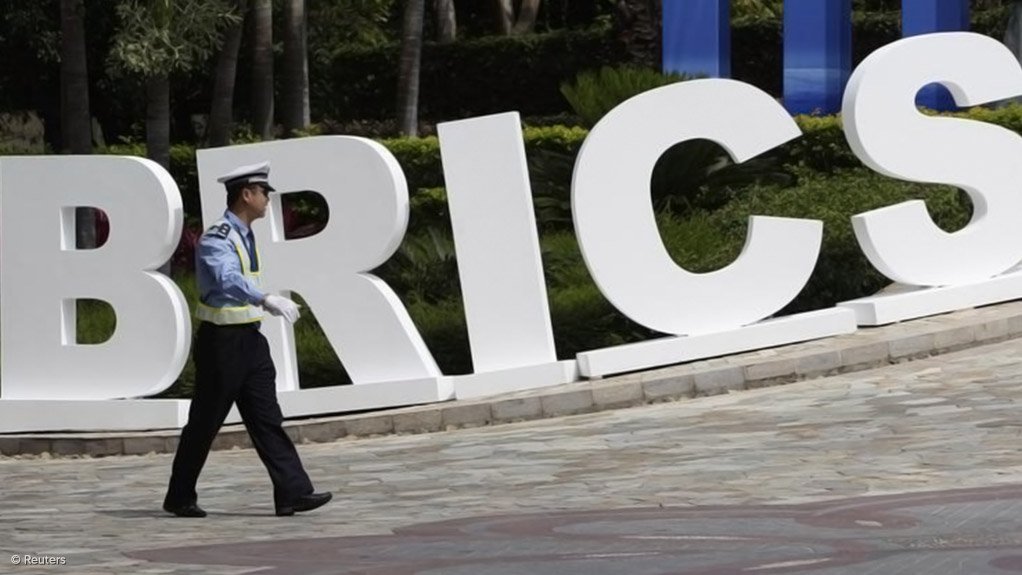The proposed Brazil, Russia, India, China and South Africa (Brics) development bank was likely to be launched at the sixth yearly Brics Summit to be held in Brazil next week, although it would not be operational immediately, South African Institute of International Affairs (Saiia) economic diplomacy programme head Catherine Grant Makokera said on Monday.
The five Brics nations would fund the bank, which would likely be located in China, equally, each pledging $10-billion.
Saiia researcher Christopher Wood noted that, while this buy-in was large, given the size and state of the South African economy, only $2-billion had to be put down immediately, with the remaining $8-billion only being pledged, thus making it “less scary”.
He said the establishment of the bank was important, as the Brics nations were a diverse group and needed a unifying action.
Wood stated that while some believed the establishment of this bank was a sign of the new world order challenging the G7 nations, it was more likely that the grouping was planning to establish this bank as a way of ensuring the institutional future of Brics.
“If there isn’t a strong institutional basis which you can claim, and this remains a summit group, then there [could be] a situation where the group fades a bit. So what the group wants to do is build some kind of institution that will stick around and will allow it to take real action. And that is [why] the Brics development bank, in particular, is important,” he asserted.
Meanwhile, Institute for Global Dialogue senior research fellow Francis Kornegay said it was important to remember that the proposed Brics development bank would not be the only one of its kind, noting that the China–Africa Development Fund and the SCO Development Bank for Central Asia had similar goals.
“If we do not get a grip on the big picture, we are missing the point. The Brics development bank is not the only game in town,” he said.
Meanwhile, Wood suggested that the Brics grouping could also ensure its sustainability by creating the opportunity for other countries to join.
He added that the establishment of the development bank could serve as a pathway for other nations to join Brics.
“The [proposed development bank] is structured in such a way that, if another country wants to join, they would have to match the pledge of $10-billion, but it would be relatively easy beyond that,” he explained.
Therefore, new Brics members would probably first join the development bank, and could potentially, in the long-term, be brought into the mainstream processes of the Brics grouping.
Meanwhile, Wood said that, while there had been some rumours of Argentina wanting to join Brics, he did not believe this would happen. He stated that other countries such as Turkey, Indonesia and Nigeria were more likely to seek, and be suited to, a Brics membership.
“In my opinion, Brics needs to expand. We can’t have five countries speaking for all of the emerging world,” he added.
Related to the establishment of a Brics development bank, the countries were also considering the establishment of a Brics Contingent Reserve Arrangement (CRA) with an initial size of $100-million.
This arrangement would be designed to help the Brics countries forestall short-term liquidity pressures and provide mutual support, as well as strengthen financial stability.
Further, independent analyst Sanusha Naidu said that, once the development bank and CRA had been established, there would be questions around who would be the key recipients for the funds, stating that specifically with the CRA, as China would be providing most of the funds, it might feel that it had to provide more money to its own “regional neighbourhood”.
EMAIL THIS ARTICLE SAVE THIS ARTICLE
To subscribe email subscriptions@creamermedia.co.za or click here
To advertise email advertising@creamermedia.co.za or click here











